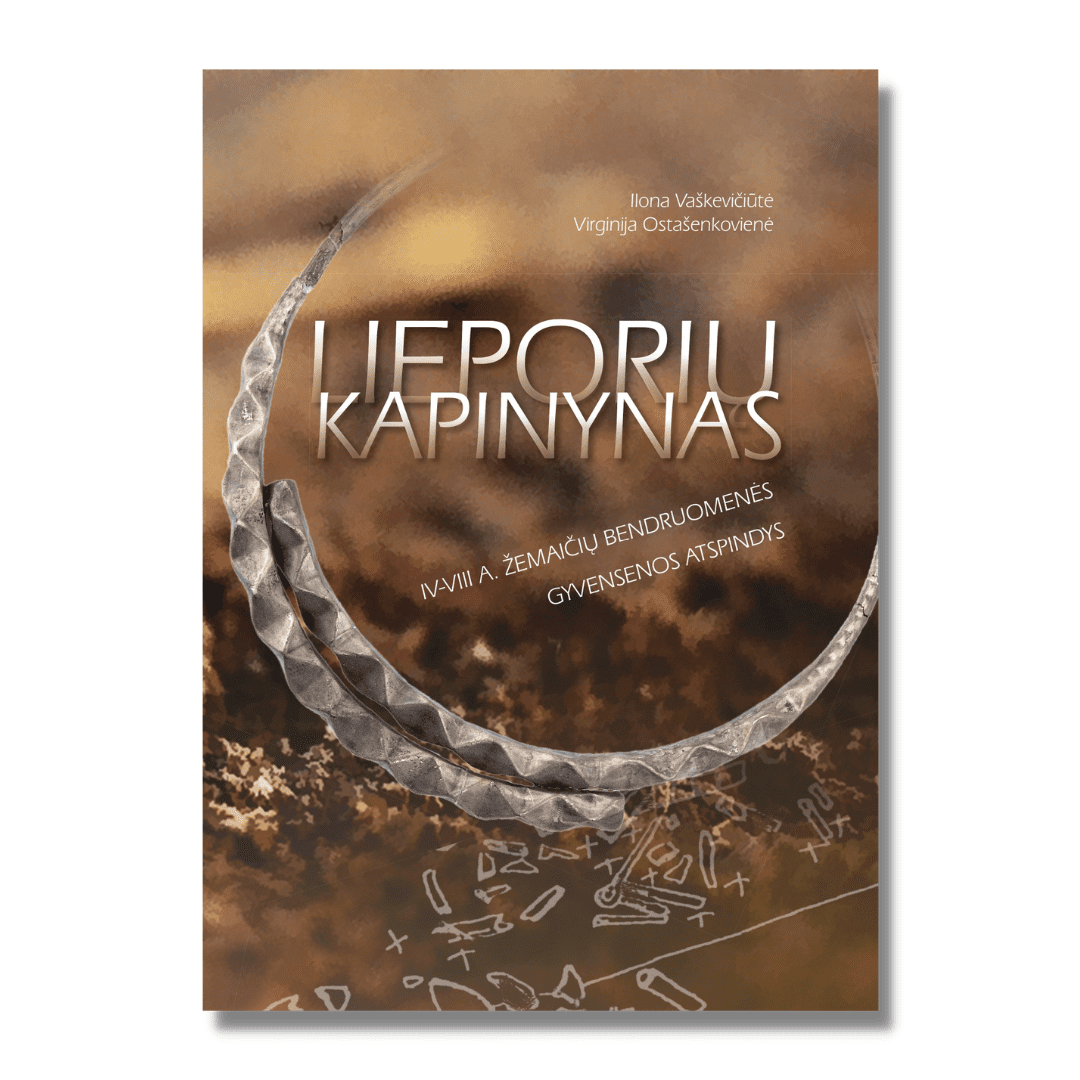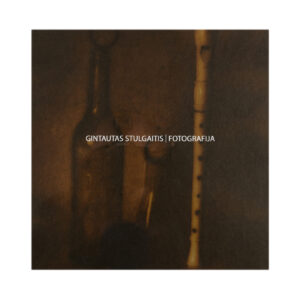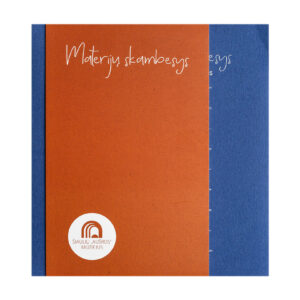IV-VIII centuries. Lieporiai cemetery belongs to one of the largest and most valuable Iron Age archaeological complexes in Lithuania. The complex, located on the southern outskirts of Šiauliai city, consists of a burial ground and two ancient settlements. The cemetery was discovered in 1983 and began to be explored in 1987. The first researcher of the cemetery was prof. dr. I. Vaškevičiūtė, an archaeologist of the Lithuanian Institute of History, later the research was continued by dr. B. Salatkienė, an archaeologist at the Šiauliai "Aušros" Museum. The cemetery was explored in 1987, 1990, 1991, and 95 graves were discovered. In the Lieporiai cemetery, the dead were buried with numerous gravestones, and a total of 445 archaeological finds were found. A distinctive feature of Lieporiai cemetery is that it was possible to detect the place of funeral rites here. At the very top of the hill, 45 fireplaces and 70 pillars were found. From the gravestones and features of the burialena, it can be concluded that the Lieporiai cemetery was abandoned by the Samogitian community, who lived on the edge of the zemgale range in the IV-VIII centuries and experienced their cultural influence. The explorations of lieporiai I settlement are partly (metallurgy) described in B. Salatkienė's monograph "Iron Metallurgy in Lithuania. Archaeological data" (Šiauliai, 2009). Meanwhile, the material of lieporiai cemetery has not yet been studied, analyzed and scientifically described. This scientific monograph will fill this gap.
The book consists of two complementary parts: the source's publications, i.e. descriptions of graves, pillars and fireplaces, and a detailed analysis of the burials and finds. Such a scheme for the publication and examination of an archaeological monument is accepted in many countries, it is also used in Lithuania. The publication is rich in illustrations of the finds of the Lieporiai archaeological complex, tomb plans, drawings, summary data tables, etc. The reviewers of the monograph are dr. Gediminas Petrauskas (Lithuanian National Museum) and dr. Ernestas Vasiliauskas (Institute of Baltic Region History and Archaeology, Klaipėda University), designer – Jūratė Tamošiūnaitė-Karašauskienė, language editor – Daina Kovalčikienė, english translator – Solveiga Sušinskienė, translator into Latvian – Krišs Kapenieks.
The publication is intended for the Lithuanian archaeological community and all those interested in the history of the region. The summary of the publication in Latvian and English makes it available to archaeologists of Latvia and other countries.





